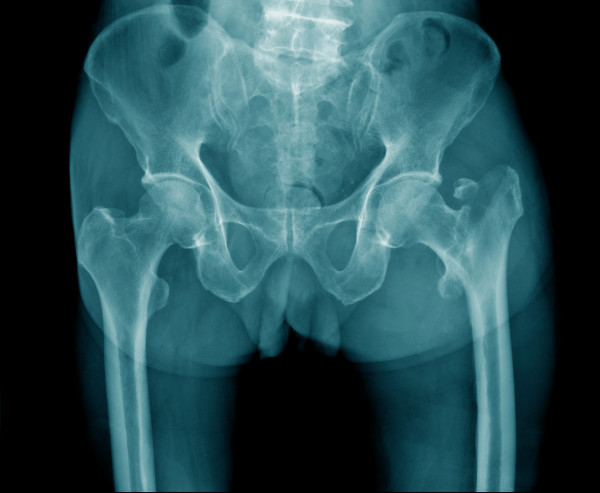
What is a solitary cyst?
A solitary cyst is a fluid-filled tissue damage (lesion) of the bone, which is usually benign and can take on a form similar to a tumour. Doctors generally distinguish between simple (juvenile) solitary bone cysts, which account for about three per cent of all bone tumours, and so-called aneurysmal solitary bone cysts. Solitary cysts occur more frequently than average in the first two decades of life, with more boys between the ages of 10 and 15 being affected by the disease. Solitary cysts occur more frequently than average in the long bones, but solitary cysts can also develop in the jaw.
What are the different forms of solitary cysts?
Doctors distinguish between simple (juvenile) bone cysts and aneurysmal bone cysts. While juvenile bone cysts usually describe benign, single-chambered cysts that are located in the medullary cavity and can be diagnosed as a result of a spontaneous fracture, aneurysmal bone cysts are also benign, but multi-chambered bone lesions.
What are the symptoms of solitary cysts?
Solitary cysts (especially juvenile bone cysts) are often asymptomatic unless a complicated fracture has occurred. In some cases, however, a solitary cyst can manifest itself by local and sometimes painful swelling. This is particularly the case with aneurysmal bone cysts.
How are solitary cysts diagnosed?
Solitary cysts can be detected by an X-ray examination. In most cases, osteolysis, i.e. the dissolution of bone tissue, is visible in the X-ray image. A single or multi-chambered lightening is also possible. In most cases, solitary cysts are discovered as an incidental finding on X-ray, for example when an X-ray examination is ordered as a result of an accident. Aneurysmal bone cysts, on the other hand, can be detected by a magnetic resonance imaging (MRI) examination. To strengthen the diagnosis, a tissue sample (biopsy) is also taken to clearly diagnose the type of cyst.
How are solitary cysts treated?
The type of treatment for solitary cysts differs depending on their location, type and size. The type of treatment is also selected according to whether there is a risk of fracture or whether a fracture has already occurred. In some cases, it is possible to observe the solitary cyst at first, as spontaneous regression is generally possible. If surgery is necessary, tissue scraping (curettage) is often performed in combination with other medical measures, such as filling the cavity with bone substitute. Although surgery is usually one of the most promising treatments, in some cases the cyst may form again. This is especially the case if the cyst could not be completely removed.
